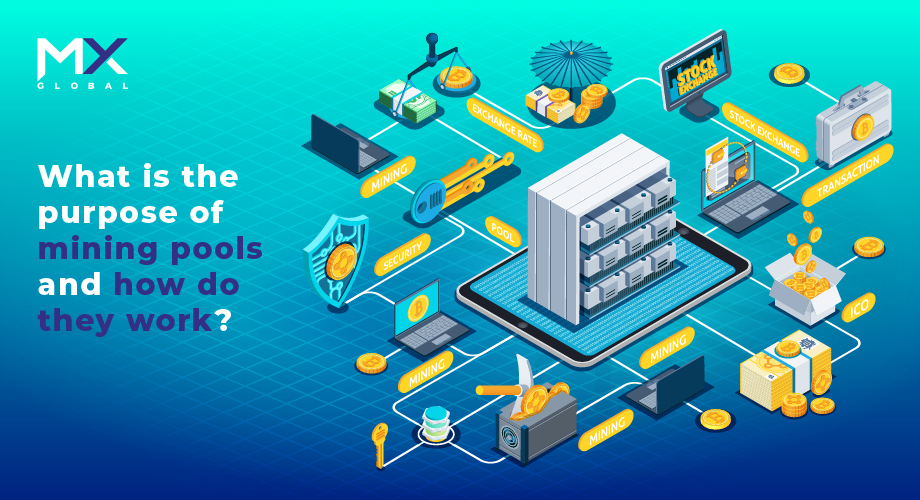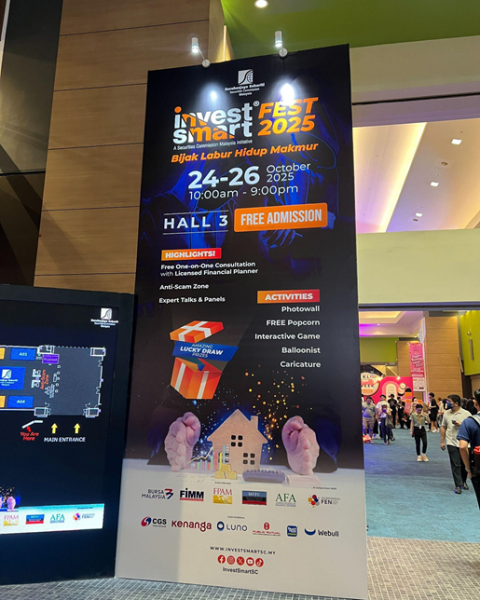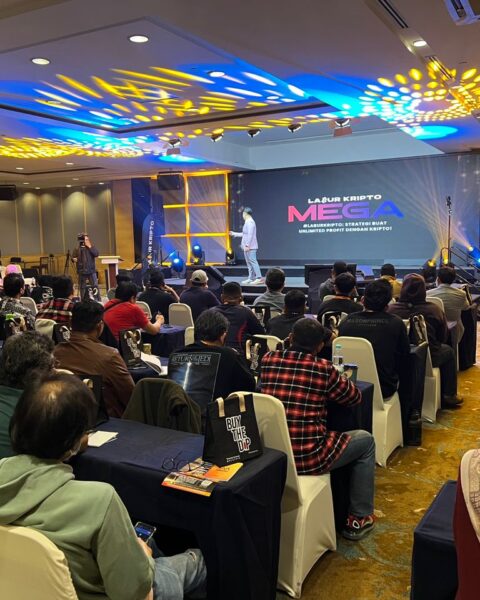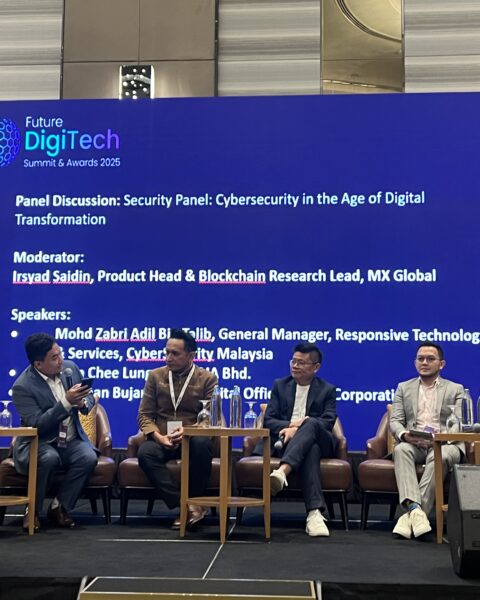Mining pools are formed by miners who combine their resources in order to receive more constant rewards. The amount of processing power contributed to the pool determines how much reward is given for solving blocks. Individual miners combine their resources to maximize their chances of mining a block in a mining pool. A mining pool’s hashing power determines how likely it is to mine a block. Individual miners’ contributions to mining hash power determine how much of a block’s reward is distributed.
Related article | Crypto News: A Weekly Review
Satoshi Nakamoto envisioned a world in which anybody might participate as a miner to help protect the Bitcoin network in exchange for newly generated bitcoins. Things turned out a little different in reality. Individuals had to invest more and more in their processing power as the Bitcoin network developed in order to gain sizeable rewards from the process.
Likewise, the kind of hardware required to mine got exceedingly challenging, and as a result, Bitcoin miners’ hardware prices continued to climb. Individuals had to invest more and more in their processing power as the Bitcoin network evolved in order to receive substantial benefits from the process.
Slush, a BitcoinTalk forum user who was studying this development, concluded that joining forces with other miners and creating a ‘pool’ to maximize the odds of obtaining block rewards would be a smart idea. On November 27, 2010, he established “Slush Pool,” also known as “Bitcoin.cz Mining,” in the Czech Republic.
Bitcoin mining has grown into its own business since its inception and the establishment of Slush Pool. Presently, it is no longer possible to solve a Bitcoin block with a normal computer since the process requires special ASIC units designed specifically for the sole purpose of mining bitcoin, and events such as Bitcoin halving have a huge impact on miner earnings and increase the relevance of transaction fees. ASICs are “application-specific integrated circuits” that have been created for a specific task, such as bitcoin mining.
It’s worth mentioning that each of these pools is generally made up of thousands of individual miners from all over the world. It’s difficult to determine the actual number of individual computers contributing to the network, but according to a Quora user’s estimate based on performance in May 2019, there are likely 3,800,000 (3 million and 800 thousand) devices participating globally.
As a result, it’s simple to claim that the Bitcoin network isn’t completely decentralized. Simultaneously, it’s equitable to consider if full decentralization is even conceivable in every environment. The great majority of the network is managed by 10 to 15 mining pools. This is still a phenomenal deal as long as the hashing power distribution is appropriate and particular pools do not operate more than 51% of the network.
Since Satoshi Nakamoto envisioned Bitcoin as a mechanism of processing transactions that would prevent financial power from being overly focused on the control of a few, the network offers an equality of opportunity for all participants as long as decentralization is maintained.
Related article | Bitcoin & Ethereum Market Overview 19/1/22
Are you ready to dive into cryptocurrencies?
Join us for more updates: Facebook | Telegram | Linkedin | Twitter
MX Global– Built in Malaysia for Malaysians
DISCLAIMER:
Any opinions, news, research, analyses, prices, or other information discussed in this presentation or linked to from this presentation are provided as general market commentary and do not constitute investment advice.
MX Global Team does not accept liability for any loss or damage, including without limitation to, any loss of profit, which may arise directly or indirectly from the use of or reliance on such information.









